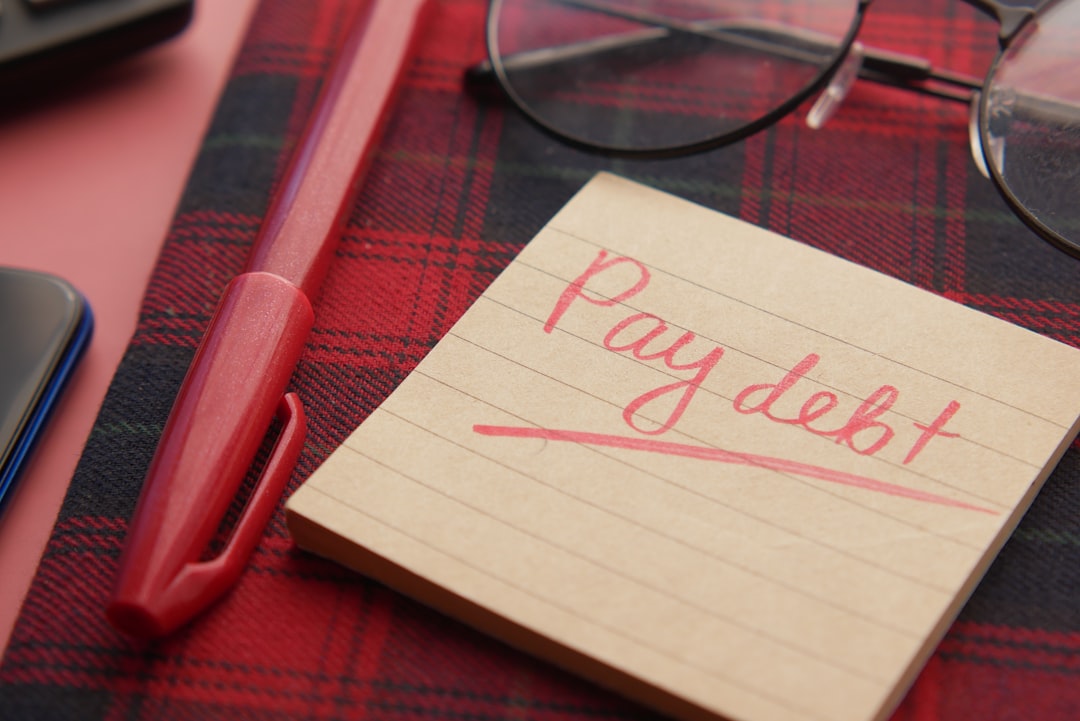Secured loans, backed by assets like homes or vehicles, offer lower rates and higher borrowing limits but carry asset seizure risk upon default. Unsecured loans, not tied to collateral, provide flexibility for debt consolidation and various needs but have higher interest rates and missed payments can damage credit. Both loan types cater to different scenarios; secured ideal for significant purchases with collateral, unsecured offers freedom for diverse spending despite elevated rates. When considering debt consolidation mortgages, secured options lower monthly payments but carry foreclosure risk, while unsecured provide flexibility without asset exposure but are costlier.
Understanding the distinction between secured and unsecured loans is crucial for navigating your financial options. While secured loans require collateral, offering potential lower interest rates, unsecured loans provide access without tying up assets. This article delves into these loan types, exploring their impact on credit, common use cases, and pros/cons for debt consolidation and mortgages. By the end, you’ll grasp how to make informed decisions based on your financial health and goals, whether securing a loan with assets or opting for collateral-free access.
- Understanding Secured Loans: When Assets Are on the Line
- Unsecured Loans: Access Without Collateral
- How These Loans Impact Your Credit and Financial Health
- Common Use Cases for Each Loan Type
- Pros and Cons of Secured vs. Unsecured Debt Consolidation
- Choosing Between a Secured or Unsecured Mortgage for Homeowners
Understanding Secured Loans: When Assets Are on the Line

Secured loans are a type of financing where an individual or business uses their assets as collateral to secure the loan. This could include real estate, vehicles, investments, or any valuable property. The lender holds this asset as security until the loan is repaid in full. This type of loan can offer lower interest rates and larger borrowing amounts compared to unsecured loans because the lender has a form of protection against potential default. For instance, if you’re considering debt consolidation through a secured loan, your home might be used as collateral.
In many cases, secured loans are tied to specific purposes like purchasing a home (mortgages) or financing a vehicle. If you fail to repay the loan according to the agreed terms, the lender has the legal right to seize and sell the collateral to recover their losses. This makes secured loans a more significant financial commitment as it puts your asset at risk. However, they can be advantageous for those looking to consolidate debt, as it might result in better borrowing terms over time.
Unsecured Loans: Access Without Collateral

Unsecured loans are financial products that offer access to funds without requiring any collateral or security from the borrower. This means that individuals can obtain loans, such as personal loans or credit cards, without putting up their assets like homes or vehicles as guarantee. These loans are typically based on the borrower’s creditworthiness and ability to repay, rather than on any physical asset.
This type of loan is particularly attractive for those seeking debt consolidation, as it provides a chance to refinance multiple debts into a single, often lower-interest loan, making repayment more manageable. Moreover, unsecured loans can be utilized for various purposes, including home improvements, education expenses, or even starting a small business, without the constraints of offering collateral.
How These Loans Impact Your Credit and Financial Health

Secured and unsecured loans have distinct impacts on your credit and financial health. Secured loans, such as mortgages, require collateral, typically your home or a valuable asset. This means if you fail to repay, the lender can seize and sell the collateral to recover their losses. While this poses a risk, responsible repayment can significantly improve your credit score, demonstrating reliability to future lenders.
On the other hand, unsecured loans like personal loans don’t require collateral but come with higher interest rates due to the increased risk for the lender. Missed or late payments can severely damage your credit, making future borrowing more expensive and difficult. However, these loans offer flexibility in terms of use, such as debt consolidation, allowing you to combine multiple high-interest debts into a single loan with potentially lower monthly payments.
Common Use Cases for Each Loan Type

Secured and unsecured loans serve distinct financial needs, with secured loans often used for specific, high-value purchases like mortgages, where the property itself acts as collateral. Unsecured loans, on the other hand, are ideal for more flexible spending, such as debt consolidation or funding unexpected expenses, as they offer greater freedom but come with higher interest rates due to the lender’s lack of security.
For instance, if you’re looking to buy a home, a secured loan is a practical choice as the property ensures the lender’s investment. Similarly, if you need to consolidate high-interest debt or cover urgent costs like medical bills, an unsecured loan might be more suitable despite potentially higher interest charges, as it doesn’t tie your assets to the loan.
Pros and Cons of Secured vs. Unsecured Debt Consolidation

When considering debt consolidation, whether through secured or unsecured loans, it’s crucial to weigh the pros and cons of each option. Secured debt consolidation involves using an asset—like a house or car—as collateral for the loan. Pros include potentially lower interest rates, as the lender mitigates risk. If you default, however, you risk losing the collateralized asset. Unsecured loans, on the other hand, don’t require collateral and are easier to qualify for. Yet, they usually come with higher interest rates because the lender bears the full credit risk. Additionally, if you fail to repay, there’s no specific asset at stake. For debt consolidation mortgages, secured options can offer significant savings over time, but the potential loss of your home looms large. Unsecured mortgages provide flexibility and avoid such drastic consequences, though they might be more expensive in the long run.
Choosing Between a Secured or Unsecured Mortgage for Homeowners

When homeowners consider a mortgage for their property, they often face a crucial decision between secured and unsecured loans. This choice can significantly impact their financial journey and overall debt management strategy. Secured mortgages require homeowners to use their property as collateral, which serves as a safety net for lenders in case of default. This type of loan is ideal for those looking to consolidate debt, especially high-interest credit card balances, as the lower interest rates on secured loans can save them money. It’s a strategic move to gain better control over their finances and potentially free up cash flow for other expenses.
On the other hand, unsecured mortgages do not require any collateral, making them a riskier proposition for lenders but offering more flexibility to borrowers. These loans are suitable for emergencies or unforeseen expenses when homeowners need quick access to funds without sacrificing their assets. Unsecured debt consolidation mortgages can help simplify repayment by combining multiple debts into one manageable loan with potentially lower monthly payments. However, interest rates tend to be higher compared to secured options, reflecting the increased risk for lenders.
When deciding between secured and unsecured loans, understanding the implications on your credit and financial health is key. Secured loans, backed by collateral, offer lower interest rates but pose a risk if you default. Unsecured loans provide flexibility with no collateral required, but they typically come with higher interest rates. For debt consolidation or homeownership, each option has unique pros and cons. Evaluating your financial situation and future plans will help determine the best choice for securing or managing your debts effectively.
